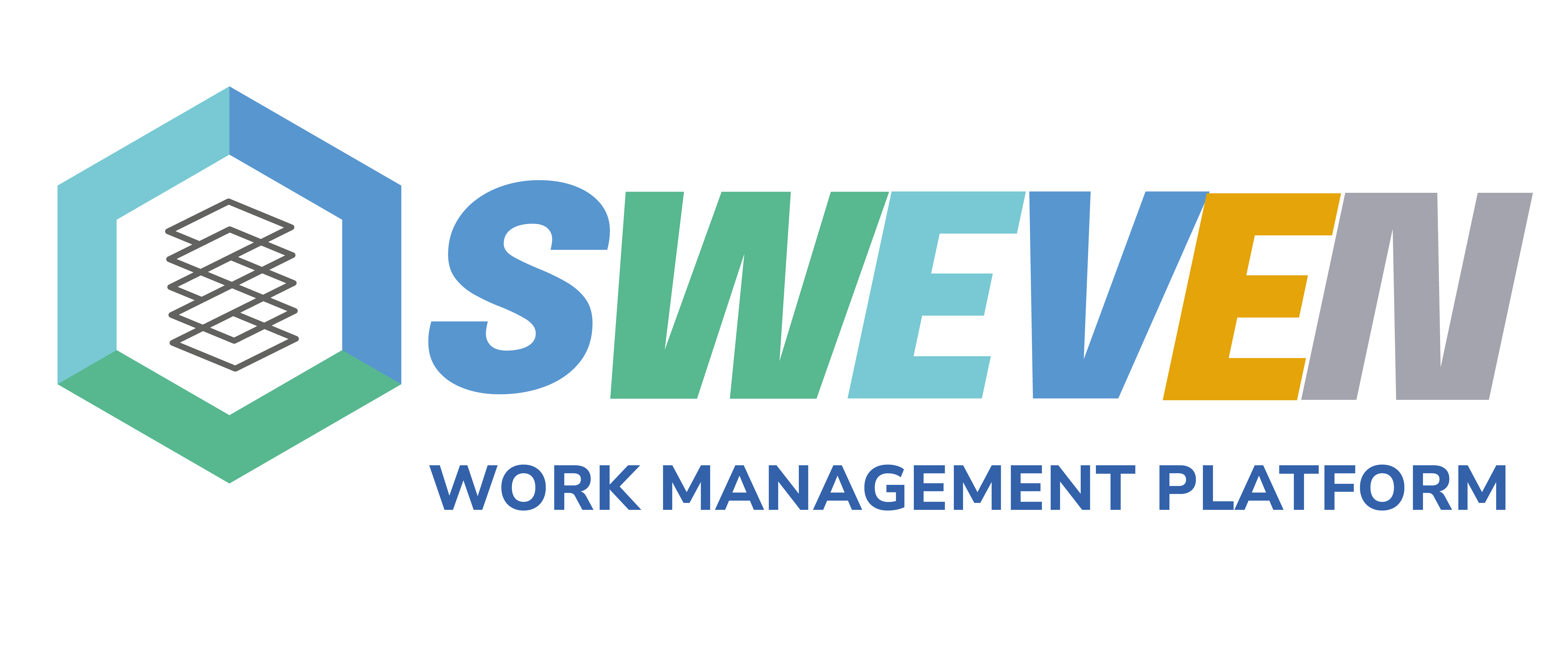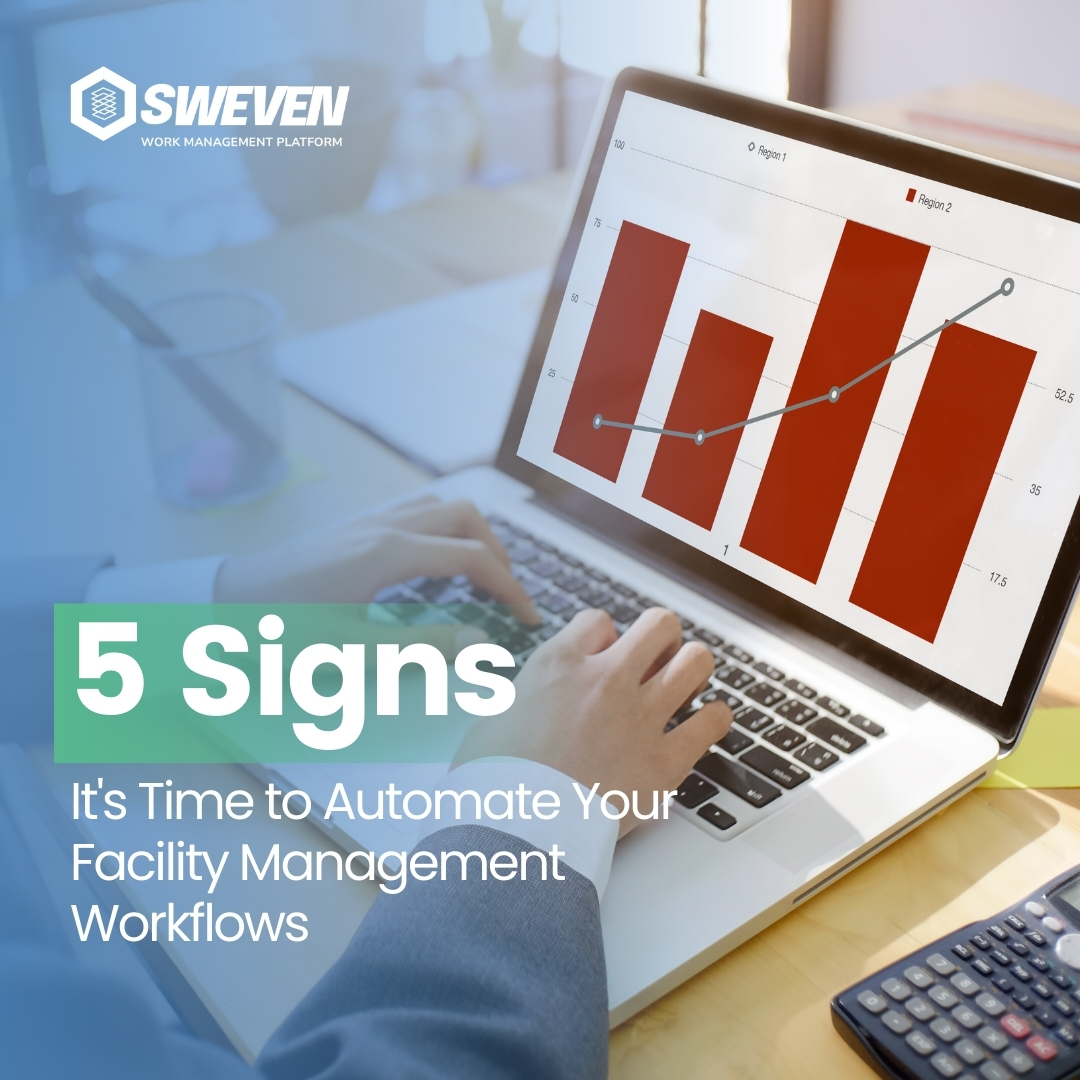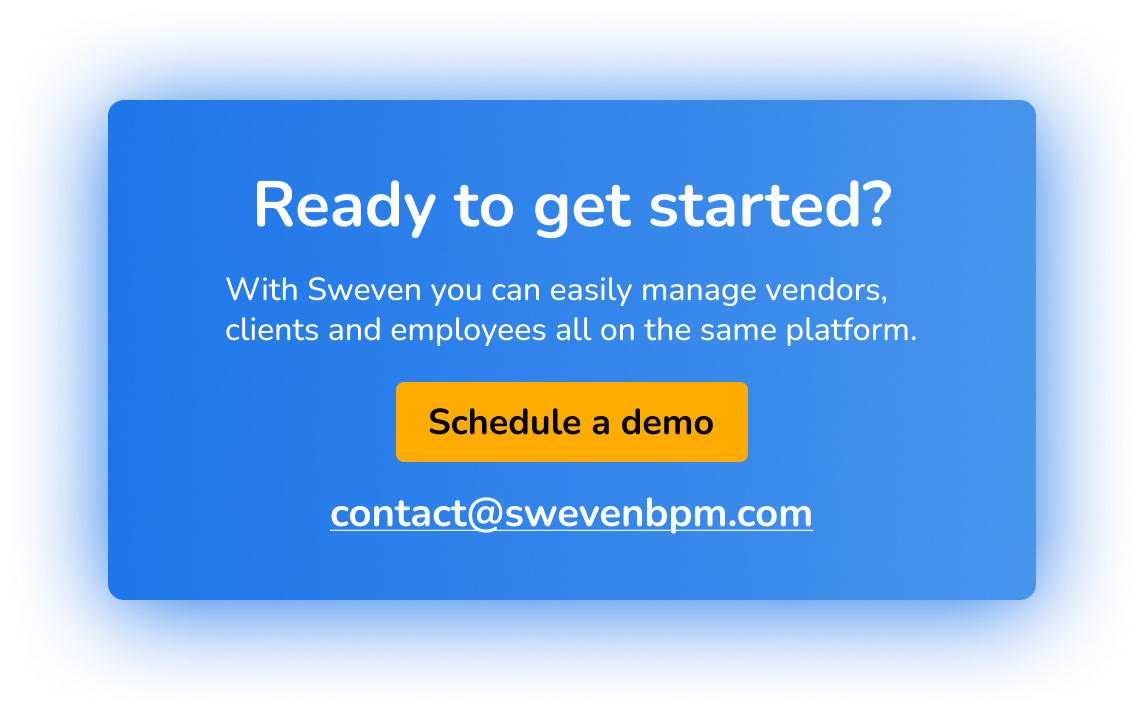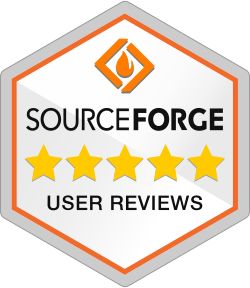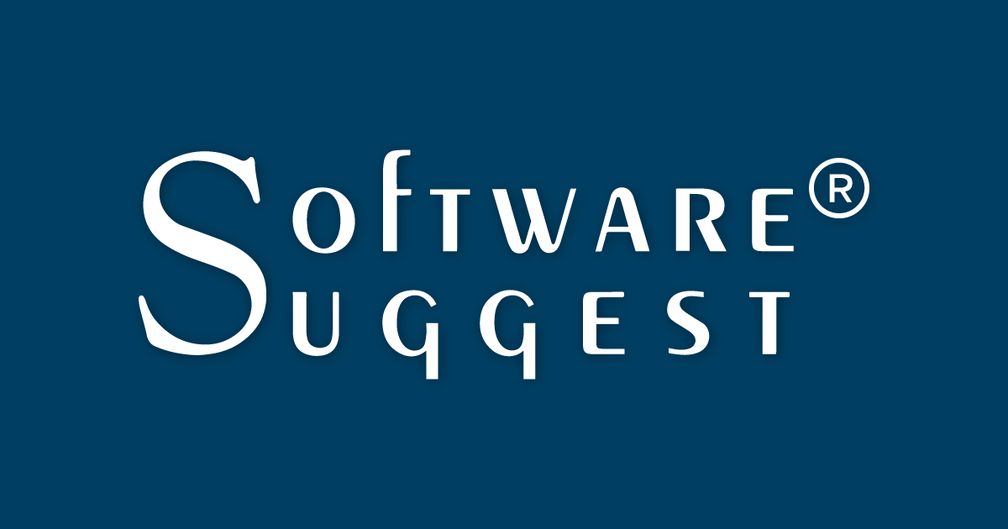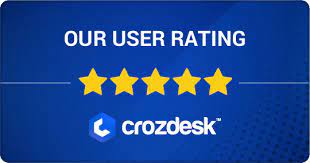Introduction:
In the realm of facility management, controlling costs while maintaining quality is a perpetual challenge for facility managers. Vendors may unexpectedly increase prices or add extra charges, disrupting budgeting and financial planning efforts. In this blog, we delve into the complexities of cost management faced by facility managers and explore strategies to mitigate these challenges for effective budgeting and financial planning.

The Challenge of Cost Management:
Facility managers are tasked with ensuring that facilities operate smoothly within budget constraints while meeting quality standards. However, several factors contribute to the complexity of cost management:
Unpredictable Cost Increases: Vendors may impose unexpected price hikes or add extra charges for services, materials, or labor, leading to budget overruns and financial strain for facility managers.
Budget Constraints: Facility managers must work within predefined budgetary limits, making it challenging to accommodate unforeseen cost increases without compromising on service quality or facility maintenance.
Financial Planning Uncertainty: Fluctuating costs and unexpected expenses can disrupt financial planning efforts, making it difficult for facility managers to accurately forecast expenses and allocate resources effectively.
Strategies for Overcoming Cost Management Challenges:
Vendor Contract Negotiation: Negotiate vendor contracts with clear pricing terms, service level agreements (SLAs), and clauses to mitigate the risk of unexpected cost increases. Establishing transparent communication channels and fostering collaborative vendor relationships can facilitate open dialogue and prevent surprises.
Benchmarking and Market Analysis: Conduct benchmarking and market analysis to compare vendor pricing, service offerings, and industry standards. By staying informed about market trends and competitors’ pricing strategies, facility managers can negotiate favorable terms and identify cost-saving opportunities.
Establish Contingency Reserves: Allocate contingency reserves within the budget to account for unforeseen cost increases or emergencies. Having a buffer for unexpected expenses can provide financial flexibility and mitigate the impact of budget overruns on facility operations.
Regular Performance Monitoring: Monitor vendor performance closely to ensure that services are delivered as per contract terms and quality standards. Address any discrepancies or deviations promptly to prevent cost escalation due to service inefficiencies or non-compliance.
Contract Management Tools: Utilize contract management software or tools to track vendor contracts, monitor pricing terms, and manage contract renewals effectively. Automated alerts and notifications can help facility managers stay proactive in managing vendor relationships and controlling costs.

Vendor Diversification: Diversify vendor partnerships to reduce dependency on a single vendor and minimize the risk of cost increases or disruptions due to vendor-specific issues. Maintaining a pool of reliable vendors can provide flexibility and leverage in negotiating pricing and terms.
Continuous Improvement Initiatives: Implement continuous improvement initiatives to optimize operational processes, enhance efficiency, and identify cost-saving opportunities. Encourage cross-functional collaboration and innovation to drive sustainable cost management practices across the organization.

Conclusion:
Cost management is a critical aspect of facility management, requiring facility managers to navigate complex vendor relationships, budget constraints, and unforeseen expenses effectively. By implementing strategies such as vendor contract negotiation, benchmarking, contingency planning, and performance monitoring, facility managers can mitigate the challenges of cost management and achieve greater financial stability and operational efficiency. With proactive planning, strategic decision-making, and a focus on continuous improvement, facility managers can navigate the complexities of cost management with confidence and drive success in facility operations.
